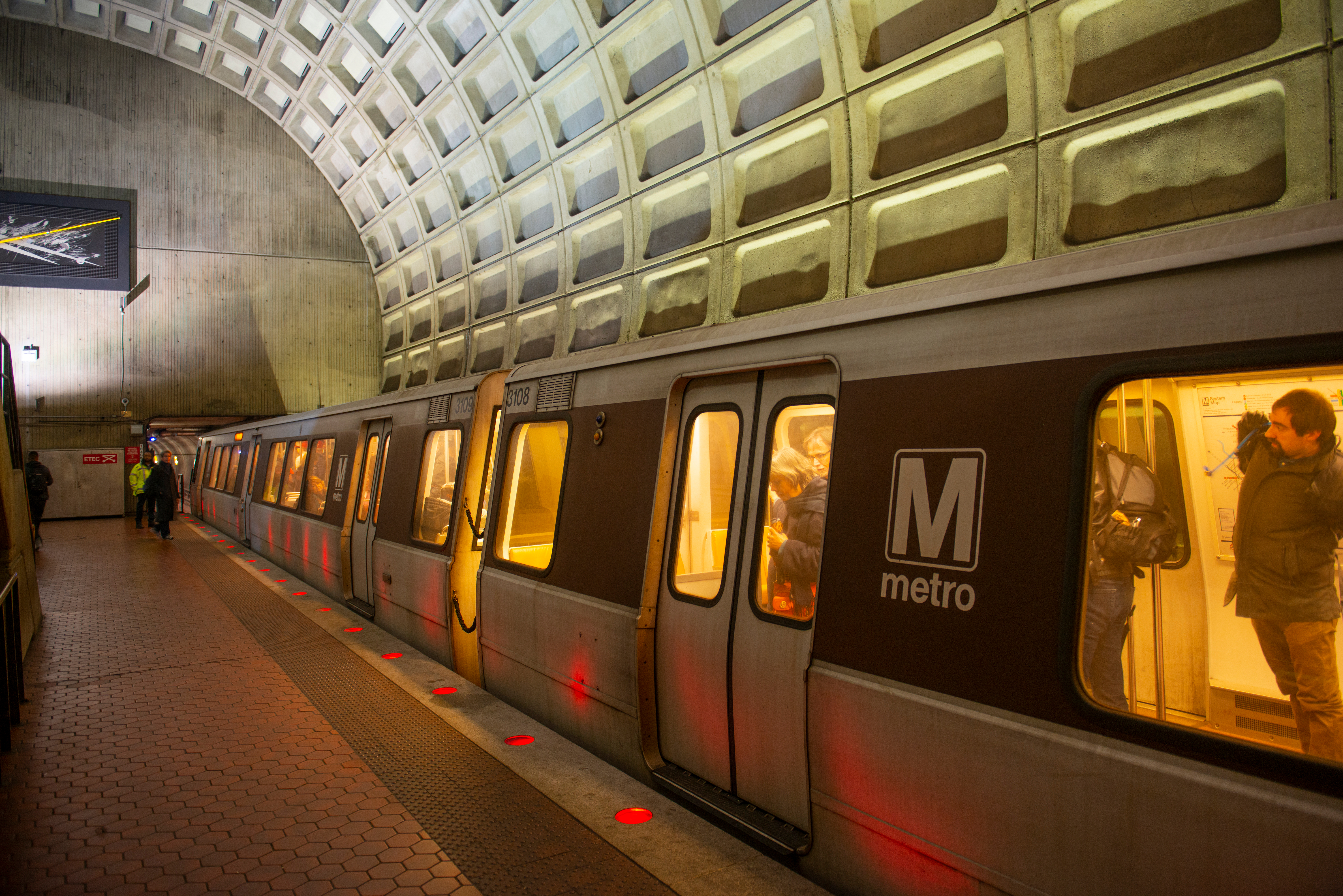Metro Safety in the DMV – Rider Vigilance
Riding the Metro is a commonplace — if not dull — experience for those of us who live or work in the Washington, D.C. metropolitan area.
 The metro system affords riders the small pleasures of reading, catching up on social media, or simply daydreaming while traveling, all while avoiding the frustration of traffic on the roadways. When I lived in Washington D.C., I looked forward to my metro commutes, when I could “zone out” amid a busy day. I routinely approached my rides as “downtime.”
The metro system affords riders the small pleasures of reading, catching up on social media, or simply daydreaming while traveling, all while avoiding the frustration of traffic on the roadways. When I lived in Washington D.C., I looked forward to my metro commutes, when I could “zone out” amid a busy day. I routinely approached my rides as “downtime.”
But after working in the personal injury field, and encountering many preventable injuries, my perspective has changed. Especially in light of the recent tragedy at the Dunn Loring metro station, where a man was killed when he was pulled by a train after his dog’s leash became stuck in the door, I regret my complacent attitude.
As metro riders, we should instead embrace rider vigilance. That is, riders should remain aware of their surroundings, and ride ready to act. When safety protocols fail our fellow riders, or trouble befalls them for whatever reason, we may have the last opportunity to make a difference.
As anyone who practices personal injury law in Virginia knows, there is no general duty to protect the legal strangers we encounter on public transportation. But as community members, motivated by much more than the law’s minimum requirements, we should strive to hold ourselves to a higher standard.
Accordingly, I have included several safety tips to keep in mind on my future metro rides:
- Watch other riders as they enter and exit your train car. Alert riders if clothing articles, hair, bag straps, pet leashes, luggage tags, medical devices, etc. present at threat of being caught in the train doors.
- Know where the intercoms to communicate with the train’s operator are in your metro car. All metro cars have these intercoms placed at either end of the car. Be prepared to use the intercom in an emergency. Using an intercom is the fastest way to notify the operator that the train needs to stop.
- Observe the station platforms when pulling in or out of a station. Be vigilant about what is happening around your train, and whether anyone on the platform is experiencing an emergency, appears physically or emotionally unwell, or is trying to get your attention.
- Familiarize yourself with Metro’s safety and security information on its website and posted in stations. Take it seriously. For example, the website provides information on how every train care has an emergency door release behind a panel near the middle doors. The panel has instructions on how to release the doors in an emergency. Next time you are on a train, review the instructions and information posted nearby the emergency release. You do not want to take in this information for the first time in an emergency.
- Don’t bury your head in your phone or book. If reading, remain aware of your surroundings. If listening to music, make sure your headphones will not prevent someone from getting your attention.
Perhaps you might consider these tips as well. With a shift in how we approach our local travel, we can each easily add to the security and safety of our community.
- M. Barkley Horn
